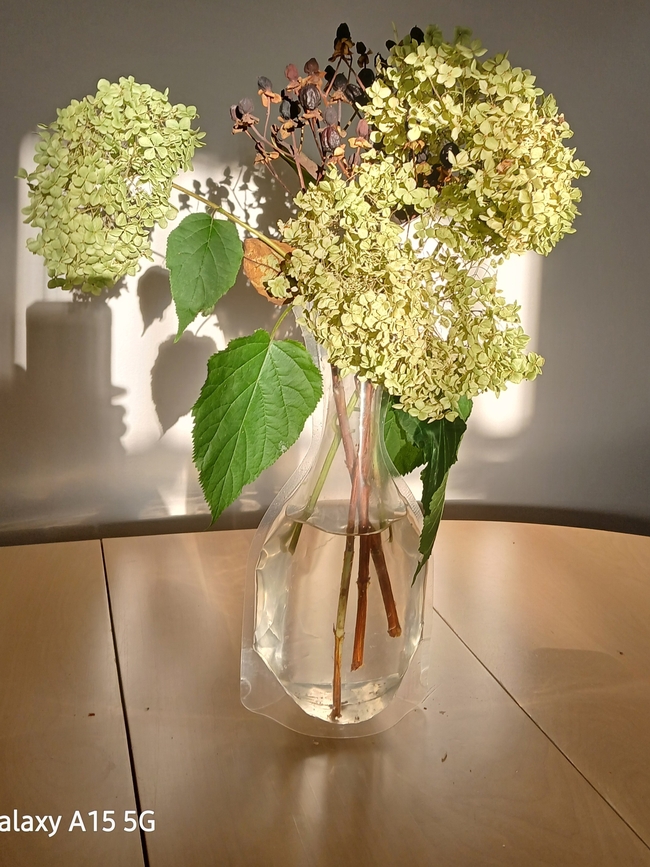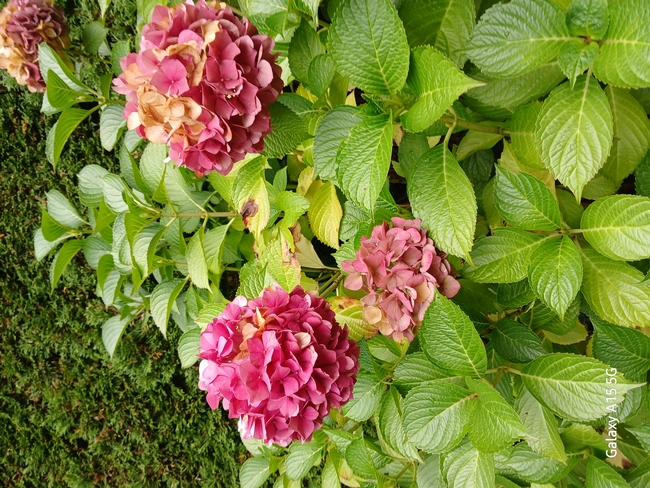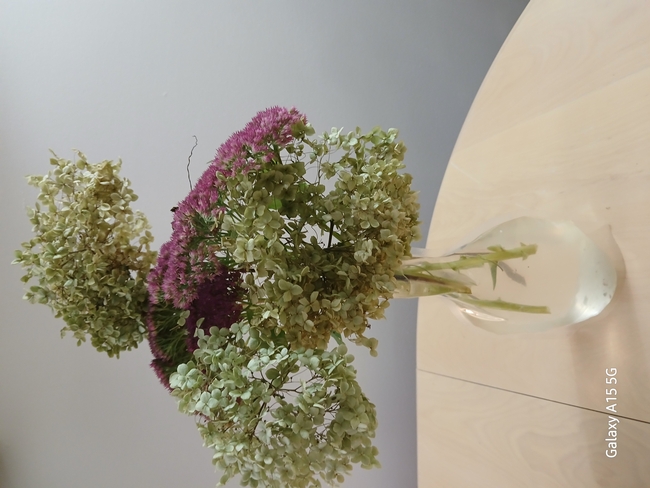Ever since I was a little girl seeing hydrangeas growing in front of my aunt's house in Michigan, I have loved them. Even before I knew what they were called, I have loved them. I truly think my love affair with hydrangeas began because I thought it was a cotton candy bush! And, you must understand, that cotton candy has always been my favorite food!
And so, when my husband and I moved into our first home so many years ago,--until this day, 28 moves later—I have always had “cotton candy bushes” growing in our yard. One of the first care questions I had was, what do you do about deadheading those delicious-looking blooms. Over the years I have learned that the variety of the hydrangea and the geographic place are the things that matte--so you don't accidentally cut off future flowers.
Why deadhead hydrangeas?
- Deadheading encourages hydrangeas to use their energy to make new flower heads instead of seeds.
- It stimulates new foliage and stem growth, creating greater opportunities for more blooms.
- It prompts the plant to develop stronger stems
- It makes the shrub look much neater
- Those gorgeous, dried blooms that you deadhead have a new life as a dried flower arrangement or in wreaths that are amazingly long-lasting.
It's important not to confuse deadheading with pruning. Pruning hydrangeas involves removing big sections of the plant's wood and stems. Deadheading is just clipping off the spent flowers and as little of the stem as possible.
When should you deadhead hydrangeas?
The best time depends on the type you grow. There are three general categories of hydrangeas based on how they bloom.
New Wood Hydrangeas
These are varieties that bloom on the current year's growth. They create their flower buds in early spring on new stems as soon as the shrub comes out of winter dormancy. New Wood Hydrangeas include smooth hydrangeas, panicle and some big leaf and mountain hydrangeas. You can actually deadhead new wood hydrangeas during the growing season. You can clip faded flowers into the fall and winter when they are dormant and have dropped their leaves, but it's important to deadhead them by late winter or risk cutting off new buds.
Old Wood Hydrangeas
__These are varieties that bloom on last year's stems. They create their flower buds for next year when they finish blooming in the current year. The flower buds sit on the plants all year, waiting until summer to bloom. Old wood hydrangeas include oakleaf hydrangeas, climbing hydrangeas and older big leaf and mountain hydrangeas. Don't do any deadheading or pruning after August. That's when they start developing flower buds for the next season. Again, trimming too late risks cutting off new buds.
Reblooming Hydrangeas
__These bloom again in the same season because they flower on both old and new growth. They tend to be newer hydrangea varieties that have been introduced in the last 20 years. Some rebloomers include “White Wedding”, the “Seaside Serenade” series and the “Let's Dance” series. Rebloomers should be deadheaded right after they finish their spring or summer blooming cycle. You get a second round of flowers if you clip off the old blooms right away.
How To Deadhead Hydrangea
Old wood hydrangea don't need to be deadheaded at all, unless you want to tidy up the shrub. Cut off the flower head by snipping the stem just above the first set of large leaves. Remember, the leaf axil is where the new bud will develop. If you cut too far down, you might injure or prevent next year's blooms. You can be more aggressive with hydrangeas that bloom on new wood. Cut the stem just above a set of full-sized leaves, but you can cut as much as a third of the stem off a new wood hydrangea to encourage a bushier, fuller shrub.
Neat Note: If you choose to leave spent hydrangea blooms on the shrub over the winter, this will provide a winter home for beneficial insects as well as interesting texture in your winter garden. And, there's nothing more wonderful than being reminded of the magnificent blooms of spring and summer, looking like delicious cotton candy!
* Some of this information comes from expert garden designer, Ryan McEnaney. He is spokesperson for Endless Summer hydrangea and First Editions plant brands.


